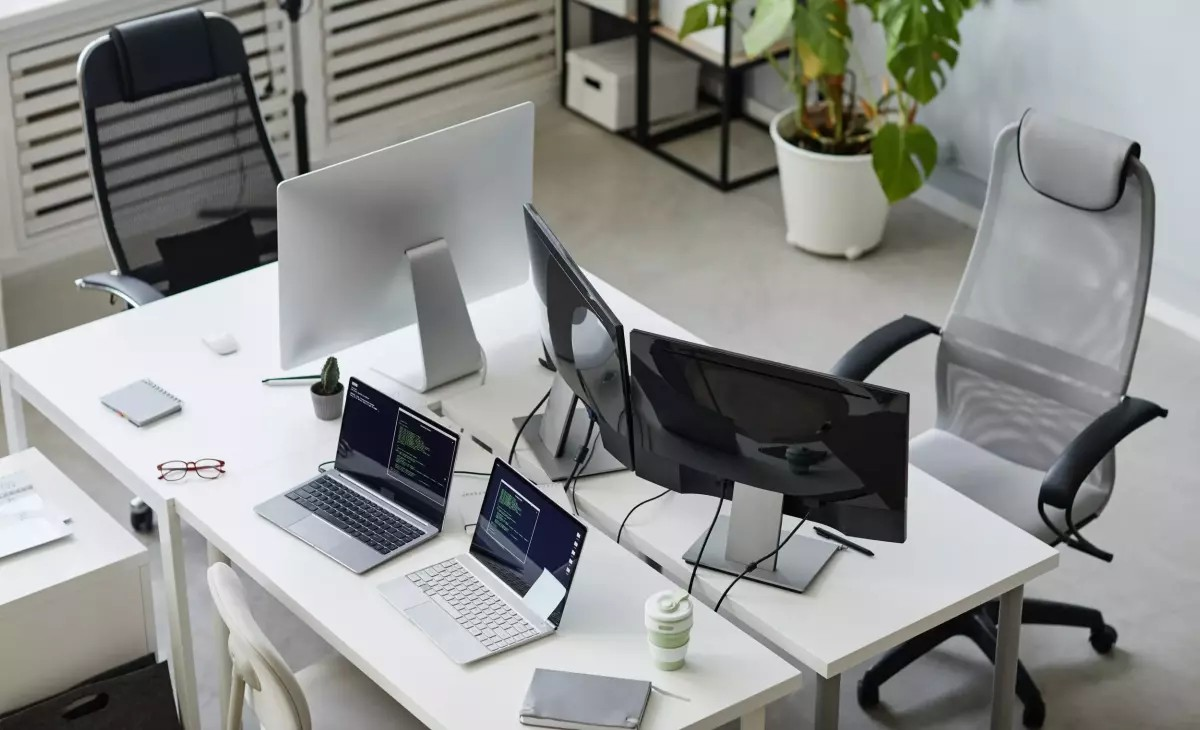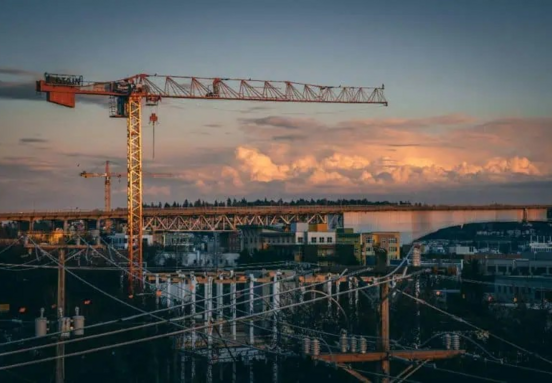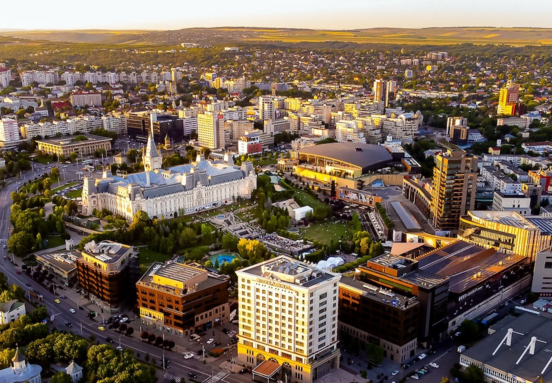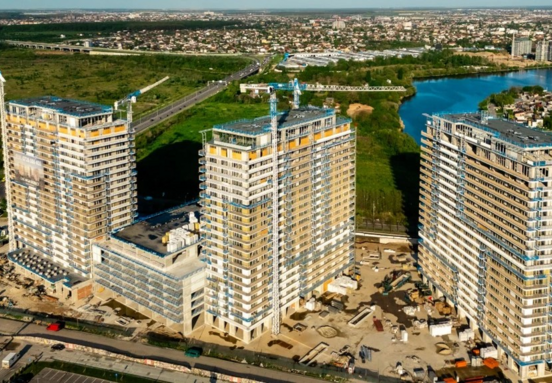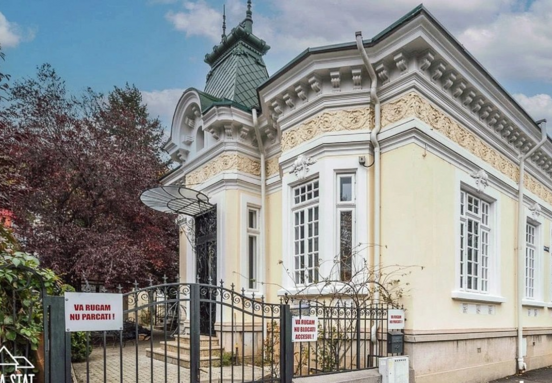Today's office is more than just a place to work; it's a dynamic environment that fosters productivity, well-being, and collaboration. For businesses seeking new rental spaces, understanding the latest design trends is crucial to creating an optimal setting for your team.
The modern office: more than just a desk
The contemporary office space has evolved beyond a mere collection of desks. It's now a hub for organizing thoughts, managing tasks, fostering concentration, and providing essential breaks. When designing an office, even simple details matter: furniture selection, lighting, and accessible accessories all contribute to the overall atmosphere. Businesses looking to rent office space should consider how these principles can be applied to create a comfortable and engaging work environment.
Hybrid workspaces: adapting to flexibility
Whether it's an open-plan office, a coworking zone, or a dedicated home office setup, today's work reality is highly flexible. Many employees alternate between working at the office and remotely. This necessitates adaptable workspaces, not only logistically but also in terms of comfort, workflow, and team interaction. An efficient hybrid workspace should be modular, easily customizable, and well-organized, allowing businesses to cater to diverse working styles and maximize the utility of their rented space.
Biophilic design: connecting with nature
A growing trend in office design is the incorporation of biophilic elements. This means preferring green plants, natural textures, and wood accents. Studies consistently show that spaces with natural elements reduce stress and improve concentration. A simple fiddle-leaf fig next to a desk or a few hanging planters can have a significant impact on employee well-being and productivity. For businesses evaluating rental spaces, consider the potential to integrate such elements, from wall colors and natural material accessories to simple organizers made from recyclable cardboard, all contributing to a more pleasant and productive environment.
Ergonomic furniture: investing in well-being
Ergonomic considerations are paramount for employee health and long-term productivity. Adjustable chairs, height-adjustable desks (standing desks), and monitor supports are integral to a responsible work style. If employees spend eight hours a day at their desks, their bodies deserve extra attention. While furniture isn't typically part of a rented space, businesses should ensure the chosen office layout can accommodate these essential items. Even small details, like a well-designed document holder or a comfortable lamp, can make a significant difference in long-term comfort and efficiency.
Relaxation areas: promoting breaks and recharge
No employee can function continuously at peak performance without breaks. Relaxation is a vital part of the work process. Increasingly, modern offices are incorporating dedicated relaxation spaces, whether it's a comfortable sofa, a corner with plush cushions, a ping-pong table, or simply a quiet spot for a coffee break. For businesses, this means looking for office layouts that allow for the creation of such zones, even in smaller spaces, perhaps a tea station or a cozy armchair. The core idea is to provide a place where employees can temporarily disconnect from screens and tasks, fostering mental well-being and renewed focus.
Natural light and warm lighting: illuminating productivity
Maximizing natural light is a significant advantage in any office. If a rented space offers ample natural light, businesses should reorganize desks to be as close to windows as possible. For hours when natural light diminishes, using warm-toned artificial lighting is crucial, not only for visual comfort but also for overall well-being. In open-plan offices, the right lighting fixtures can completely transform the atmosphere. Combined with neutral or pastel-toned office accessories, proper lighting creates a space where employees feel both comfortable and productive.
Source: observatornews.ro
